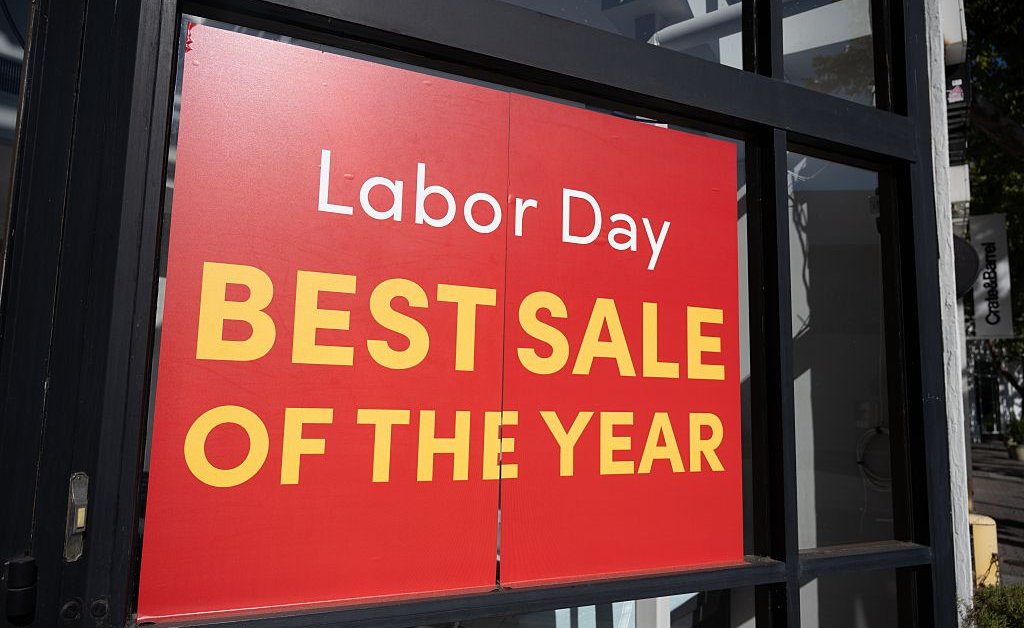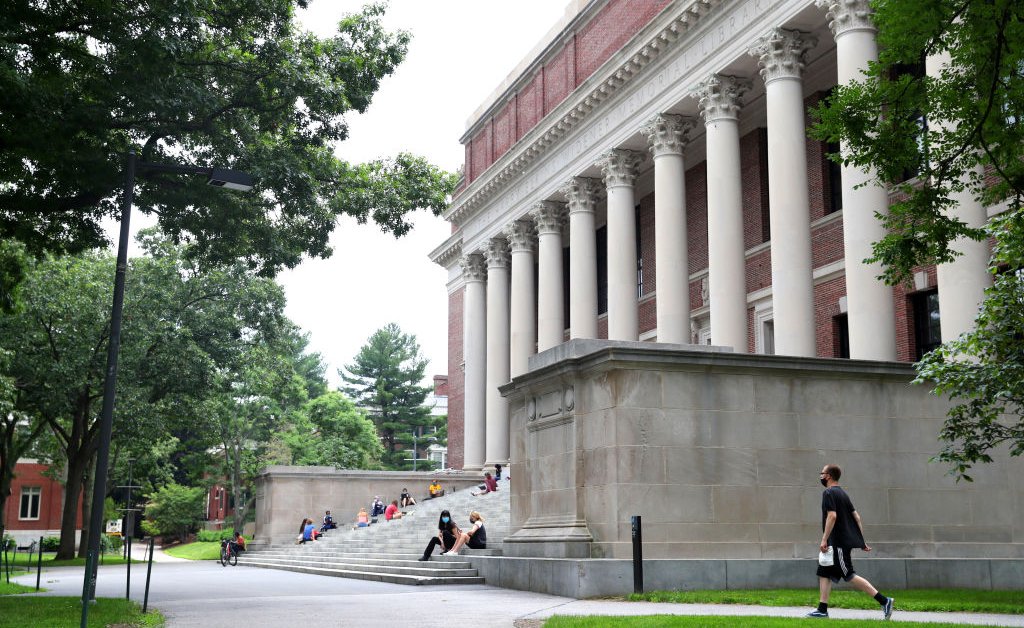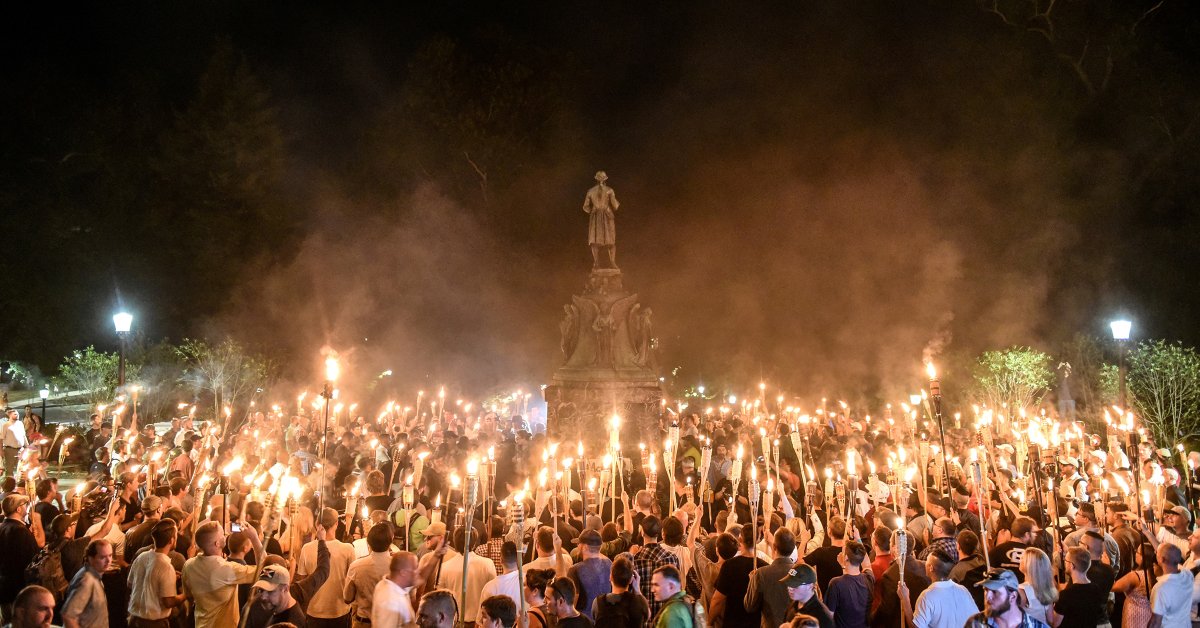As this year’s Labor Day approaches, I remember my late grandmother.
She worked her whole life in her and my grandfather’s small shoe store in the Bronx. Her relationship to her work—and Labor Day sales—reflect an America that today is under threat.
My grandmother fled Europe in the early tremors of the Holocaust, ultimately losing some of their siblings and their parents. She went on to work hard in the U.S, fitting penny loafers and pumps on customers’ feet and saved so much she paid for my college education—and trips to Manhattan department stores near her home for their Labor Day sales.
We would pore over bins of discounted 1980’s clothing and sail past cosmetics saleswomen with teased hair eager to douse us in Anais, Charlie, and other stinging scents of that time.
The department store experience my grandmother and I shared was part of a promise of a kind of mobility I needed to believe in when I was young, a version of the American dream which—just like the stores my grandmother adored, like Gimbel’s and B. Altman’s—no longer exists.
Even at 105, she was aware of how many of these stores we once frequented had already closed. During our last conversation, we went through them one-by-one by name.
The American Dream and Labor Day
Growing up, I was told that if I read a lot, did well in school, and pursued good works, my opportunities would expand—not just for me, but for people like my grandmother and other immigrants like her. And for a moment, sometime in the 1970s and early 1980s, this sense of possibility wasn’t just cultural brainwashing. The vast majority of people born in the 1940s exceeded their own parents economically, something like 92%. For those born in the 1980s, that number was 50%.
Today, a third of Americans say that their financial situation has gotten worse the past year, according to a recent survey, especially those earning less than $50,000. Meanwhile, American immigrants, like my grandmother was, live with a new level of economic and social insecurity.
According to the Economic Policy Institute, immigrant workers’ share of America’s output was 18.0% in 2023, about $1.9 trillion in 2024 dollars. But now, many immigrant workers face a constant risk of deportation. And many have already been deported. I think of my immigrant grandparents every time I hear ICE has been trawling nearby.
In our heyday together—I spent every weekend with my grandmother and grandfather until I was a tween—she instructed me in her newcomer-inflected sense of opportunity. Some of this was the promise that places like theaters, libraries, and department stores offered her.
The sociology of shopping
As historian Sophia Rosenfeld writes in The Age of Choice, shopping was part of “having choices and making choices” that defined—and continues to define—a sometimes illusory modern freedom, especially for women.
My grandmother and I felt that freedom, even if it were a fantasy. Urban spaces, from her affordable middle-income Mitchell-Lama apartment, to the park, to the store were all part of our personal bildungsroman.
I would only later realize that the joy of choice I felt at the back-to-school and Labor Day sales of my childhood were a small element of a story that Americans tell about ourselves: that we choose our own destiny. And I would become disappointed, even obsessed, with how this sense of agency had become distorted by rampant consumerism and workplace exploitation. Queen-for-a-day discount shopping was replaced by a most toxic rendition of compulsory buying: manic “sales events” and conglomerates like Amazon, Walmart, and Target, which offer year-round lower prices. Today, Labor Day sales are mostly the province of niche retailers.
Too often, the discounted prices from major retailers come with eroding working conditions—as the minimum wage fails to keep up with inflation and as many workers are forced to accept contingent schedules, routinely not given enough consistent hours to receive health insurance.
In contrast, when my grandmother and I were spending time together, department store workers were just moving out of what the late historian Susan Porter Benson defined as “the clerking sisterhood.” Many of these workers were members of labor unions. But the 1980s was the beginning of union membership declining across the country. During this time, Labor Day sales were becoming more significant, a strange stand-in for the dignity that was being given to fewer and fewer workers.
I understand the pleasures as well as the perils of consumerism. I know that according to consumer research maxims, we tend to feel more autonomous when we shop. I admire the magic of the department stores of yore, limestone with cornices, barrel-vaulted entrances, and giant gold rimmed windows. I appreciate the social meaning of the sale, especially for those in America who are not privileged.
I am personally drawn to the discount, “the 99 cent,” and the remaindered, haunting consignment stores, and sample sales, pouring through discount bins and like my grandmother, buying shirts “as is.”
But I also recognize that Labor Day sales can distract from the labor movement. And I also support Buy Nothing Day and the Stop Shopping choir.
For me, discount shopping, with all of its perils, still has a remnant of emotional resonance. In my last conversation with my grandmother we named each store and commented on their shuttering.
“Bamberger’s,” I said.
“It closed,” she answered.








